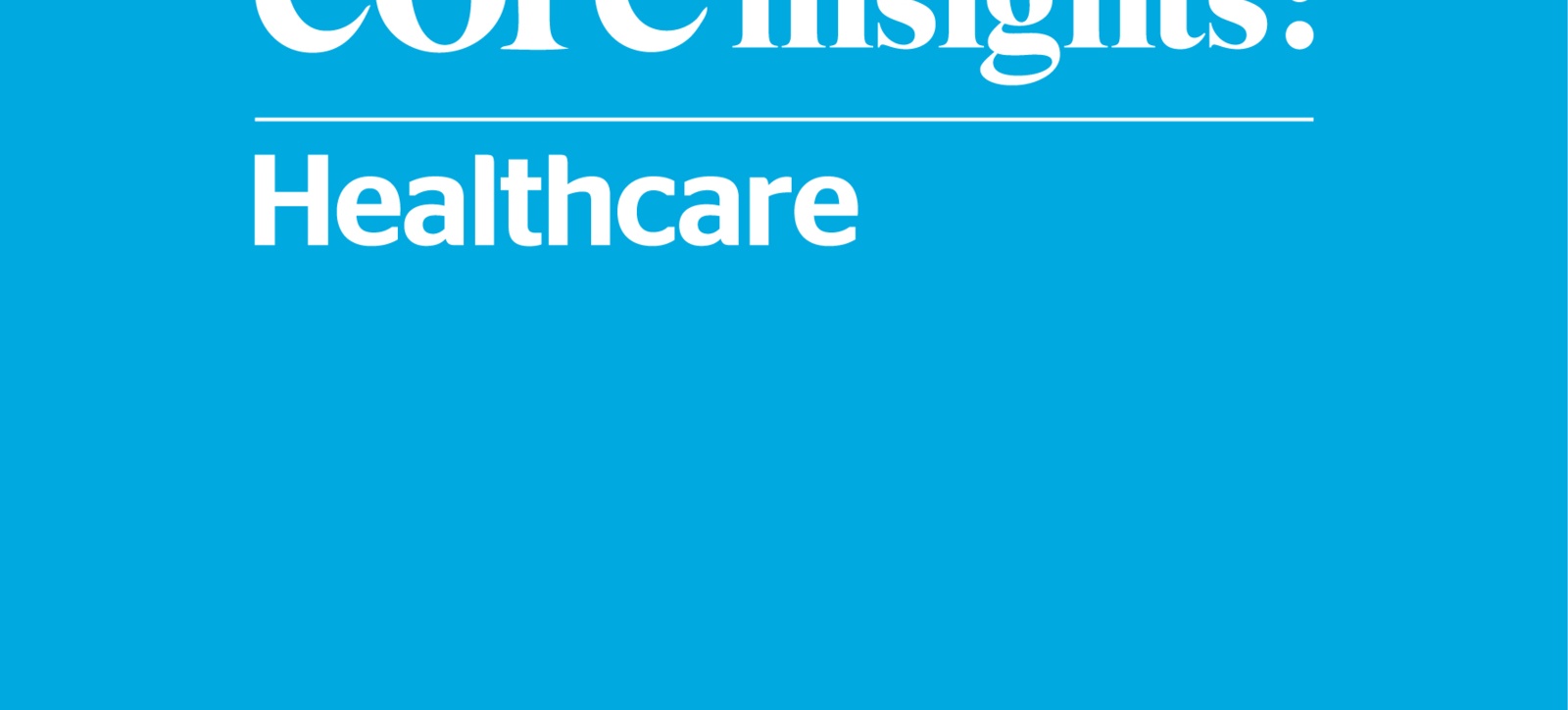
By Ivo Vlaev
Millions of pounds are spent each year to bombard us with information on the risks of alcohol. But do such campaigns work?
Our research shows that some simple tweaks to how the message is delivered - by applying findings from behavioural science - could help government campaigns have a far bigger impact. And cost savings might even go some way to helping the NHS with its ongoing financial difficulties, which has prompted the UK Government to promise it an extra £20 billion a year.
Excessive drinking is a big problem. Although between 2010 and 2013 household spending on alcoholic drinks in the UK fell by 5.7%, liver disease in those under 30 has more than doubled over the past 20 years with Alcohol Concern estimating that 1.2m people a year are admitted to hospital for alcohol-related problems.
The recent fall in spending on alcohol has been attributed to a rise in drinks taxes and the economic downturn, but that could be reversed with the recovery and the duty on drinks being dropped in 2014.
The health sector needs a new tactic to change people’s behaviour and this is where behavioural science, or “nudging”, can help.
Behavioural science has worked in other areas. The Cabinet Office’s Behavioural Insights Team, or Nudge Unit as it is popularly known, experimented with income tax reminder letters and how they were framed.
They found that the repayments rate increased by 15 per cent when people were told most people living in their town or area had already paid. At a cost of very little, an extra £210m of tax revenue was brought into HMRC.
We looked at how framing the message could affect how excessive drinkers responded using theories from behavioural economics. There is a large body of work that has shown that people are influenced by how they rank relative to others, rather than by their perception of how they differ from the average.
We applied this knowledge to the problem of excessive drinking and found that people were much more likely to seek advice when ranked against their peers than when their drinking was compared with the official guidelines or the group average.
We sent a group of 101 students, who drank excessively, four text messages over four weeks. One ranked how much they drank in a week compared with others (the rank comparison) - for example: “You are in the top 10 per cent of heaviest drinkers.”
A second message compared their drinking with the official alcohol guidelines (absolute comparison), while a third showed their consumption compared with the average of the group being tested (mean comparison). And the final text detailed the official alcohol consumption guidelines (absolute framed).
What can be done to reduce people's alcohol consumption?
The rank comparison text that showed how much they drank compared to others led to half the excessive drinkers asking for expert recommendations on alcohol consumption, and nearly 45 per cent requested links to alcohol education websites.
The absolute comparison text that compared their drinking with the official alcohol guidelines saw just five per cent do this. This figure rose to just over 11 per cent when drinkers were sent the average comparison text, comparing their drinking to the mean average.
The absolute framed message, detailing the official alcohol consumption guidelines did better, with 20 per cent wanting links to helpful websites and around 15 per cent seeking experts’ help.
In addition, 25 per cent who saw the rank comparison text requested details for services for people worried about their alcohol intake. The other texts saw just five per cent ask for this, with nobody asking for any details after the absolute comparison text.
Our findings suggest that future interventions might benefit from focusing on telling people how their behaviour ranks among others. It shows more consideration should be given as to how messages can be improved through presenting information in ways in which it is naturally processed.
It is important, however, to emphasise this intervention did not lead to a reduction in participants’ alcohol consumption; this is likely to be because reducing alcohol use is a complex change needing lots of different interventions.
But we found that a minor “reframing” of the message greatly increased its effectiveness at persuading people to seek help.
Excessive drinkers typically underestimate their consumption relative to that of others, but if we rank them, citing, for example, that they are in the top 10 per cent of heavy drinkers for their age group, then it is more likely to give them the impetus to find out more to both educate themselves on what alcohol does to their bodies and to seek advice on how to reduce their drinking.
Although the sample size was small, this is the first test of whether rank framing is a superior method of presenting information rather than comparing people to the average.
Most public health information compares people to the average, but our study shows that ranking people will be far more effective. This is how people naturally process information, by comparing themselves with others, and could lead to a reduction in drinking in the long run.
Ivo Vlaev is Professor of Behavioural Science and teaches Mobilising Resources and Incentives for Healthcare Innovation on the MSc Strategic Leadership & Innovation in Healthcare.
For more articles like this download Core magazine here.
To register for our healthcare newsletter click here.
This article is republished from The Conversation under a Creative Commons license. Read the original article.




 X
X Facebook
Facebook LinkedIn
LinkedIn YouTube
YouTube Instagram
Instagram Tiktok
Tiktok